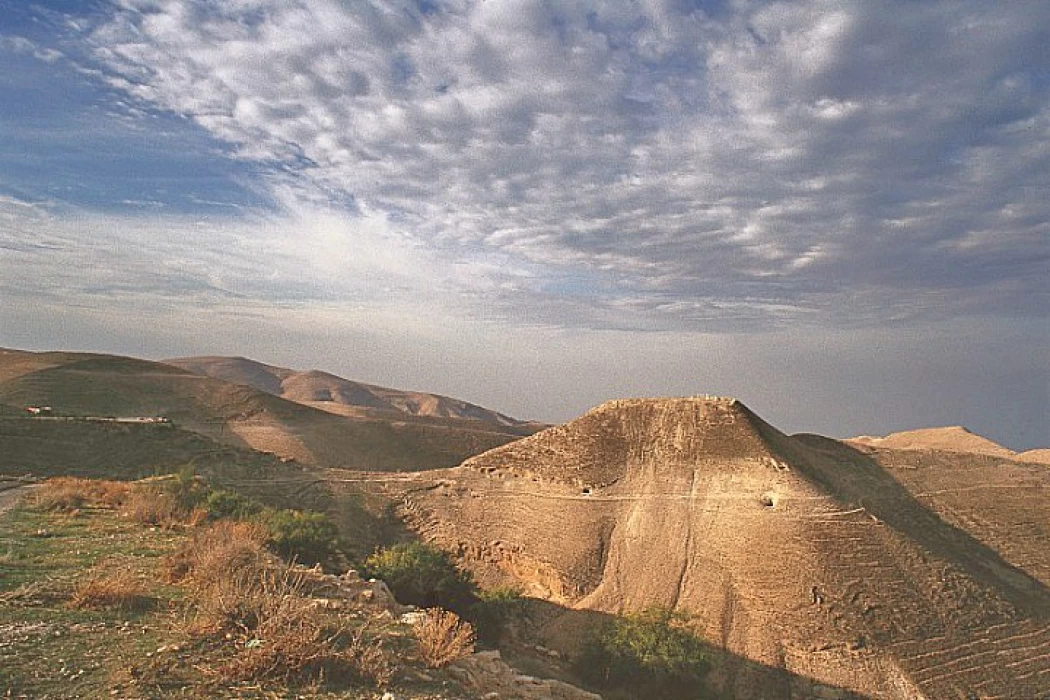
Makauer Castle | City of Machaerus
Facts about Makauer Castle
Makawer Castle was built on the top of a high mountain about 800 metres above sea level, about 32 kilometres southwest of Madaba, on the south bank of the Zarqa Ma'in Valley. The castle is about 2 kilometres west of the modern village of Makawar and east of the Dead Sea. So we can divide the Makkawar area into two areas: The mountain on which the castle was built, and the modern town built on the northern slope of the mountain on which the castle was built.
The site is of historical and tourist importance, in addition to its religious significance for the three monotheistic religions (Muslims, Christians and Jews). Its importance to Christians increased after Pope John Paul II visited the site in 2000 and Pope Benedict XVI in 2009. The castle contains a number of towers dating back to the time of Alexander Jannaeus (Jannaeus). Herod the Great rebuilt it in 30 BC.
The greatest assassination of mankind was the beheading of the Prophet Yahya, peace be upon him, in the castle of Makkur, a castle that still mourns the difficult moments it went through on one of its days when the Prophet Yahya was bound by feet and hands, accused of saying no to the vice customs that were prevalent at that time, no to incestuous marriage, and no and a thousand no to an act that angers the face of God. The ruler of that period, King Herod Antipas, committed the heinous act of executing the Prophet Yahya in the castle of Makkur.
Situated 2 km west of the village, the ancient site of Machaerus offers a breathtaking view of the eastern shore of the Dead Sea. It can be split into two parts: the related lower town situated on the precipitous northern slope, and the citadel remains situated on the remote spur of Qal at al-Mishnaqa.
Herod Antipas, his son, inherited the stronghold after his father. It was given to Herod Agrippa I after the latter's death in AD 39 and remained with him until AD 44. Following this, the Romans took possession of it. After AD 66, Jewish rebels gained possession of it during the First Jewish Revolt. In AD 72, the rebels were permitted to evacuate the citadel after the Romans besieged it and destroyed everything within, leaving only the ruins. Explorers discovered and documented the site's remains in the 1800s.














